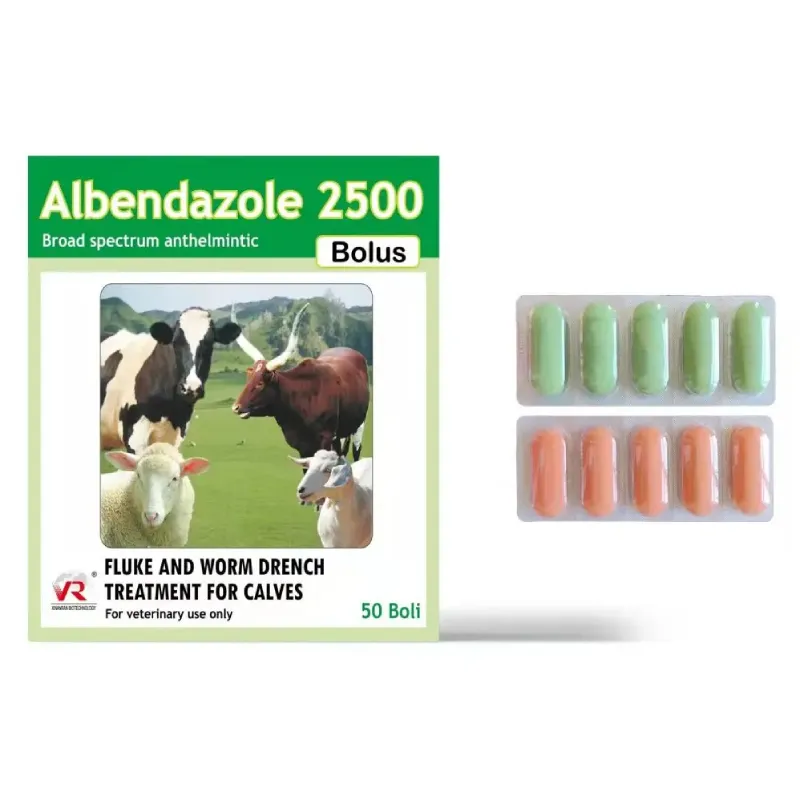- Afrikaans
- Albanian
- Amharic
- Arabic
- Armenian
- Azerbaijani
- Basque
- Belarusian
- Bengali
- Bosnian
- Bulgarian
- Catalan
- Cebuano
- Corsican
- Croatian
- Czech
- Danish
- Dutch
- English
- Esperanto
- Estonian
- Finnish
- French
- Frisian
- Galician
- Georgian
- German
- Greek
- Gujarati
- Haitian Creole
- hausa
- hawaiian
- Hebrew
- Hindi
- Miao
- Hungarian
- Icelandic
- igbo
- Indonesian
- irish
- Italian
- Japanese
- Javanese
- Kannada
- kazakh
- Khmer
- Rwandese
- Korean
- Kurdish
- Kyrgyz
- Lao
- Latin
- Latvian
- Lithuanian
- Luxembourgish
- Macedonian
- Malgashi
- Malay
- Malayalam
- Maltese
- Maori
- Marathi
- Mongolian
- Myanmar
- Nepali
- Norwegian
- Norwegian
- Occitan
- Pashto
- Persian
- Polish
- Portuguese
- Punjabi
- Romanian
- Russian
- Samoan
- Scottish Gaelic
- Serbian
- Sesotho
- Shona
- Sindhi
- Sinhala
- Slovak
- Slovenian
- Somali
- Spanish
- Sundanese
- Swahili
- Swedish
- Tagalog
- Tajik
- Tamil
- Tatar
- Telugu
- Thai
- Turkish
- Turkmen
- Ukrainian
- Urdu
- Uighur
- Uzbek
- Vietnamese
- Welsh
- Bantu
- Yiddish
- Yoruba
- Zulu
9 月 . 21, 2024 11:35 Back to list
tylosin tartrate injection
Tylosin Tartrate Injection An Overview
Tylosin tartrate injection is an antibiotic that belongs to the macrolide class of drugs, primarily used in veterinary medicine. It is effective against a range of bacterial infections caused by gram-positive and some gram-negative organisms. Tylosin is particularly noted for its efficacy in treating respiratory and gastrointestinal infections in livestock and poultry. This article provides an overview of tylosin tartrate injection, its uses, dosage, and precautions.
Tylosin works by inhibiting bacterial protein synthesis, which ultimately leads to the death of bacterial cells. The compound is favored in veterinary practice due to its broad spectrum of activity and low toxicity in animals. It is commonly used to treat infections caused by Mycoplasma species, which are often challenging to manage due to their unique cellular structure. Furthermore, tylosin is sometimes used to promote growth in livestock, as it can enhance feed efficiency and weight gain. However, the use of antibiotics for growth promotion has raised concerns regarding antibiotic resistance, prompting stricter regulations in many countries.
Tylosin tartrate injection is usually administered in a clinical setting by trained professionals. The dosage depends on the type of animal being treated and the specific infection being addressed. It is essential for veterinarians to evaluate the animal's condition, weight, and overall health before determining the appropriate dosage. In general, injectable tylosin is administered via subcutaneous or intramuscular routes, with the treatment duration varying based on the severity of the infection.
tylosin tartrate injection

While tylosin is generally considered safe when administered correctly, it can cause side effects in some cases. Common side effects include gastrointestinal upset, such as diarrhea or vomiting, particularly if the animal has a sensitivity to the drug. Anaphylactic reactions are rare but possible, so it's crucial for veterinarians to monitor the animal closely for any signs of adverse reactions during treatment.
Moreover, it’s essential to consider the withdrawal period when using tylosin in food-producing animals. A withdrawal period is the time that must pass after the last treatment before the animal can be slaughtered for meat or its products can be used for human consumption. This period varies depending on the dosage and the route of administration and is vital for ensuring food safety.
In conclusion, tylosin tartrate injection is a vital tool in veterinary medicine for treating bacterial infections in animals. Its effectiveness and relatively low toxicity make it a go-to choice for veterinarians. However, careful consideration regarding dosage, potential side effects, and withdrawal periods is necessary to ensure the health of the animals and the safety of food products derived from them.
-
The Power of Radix Isatidis Extract for Your Health and Wellness
NewsOct.29,2024
-
Neomycin Sulfate Soluble Powder: A Versatile Solution for Pet Health
NewsOct.29,2024
-
Lincomycin Hydrochloride Soluble Powder – The Essential Solution
NewsOct.29,2024
-
Garamycin Gentamicin Sulfate for Effective Infection Control
NewsOct.29,2024
-
Doxycycline Hyclate Soluble Powder: Your Antibiotic Needs
NewsOct.29,2024
-
Tilmicosin Premix: The Ultimate Solution for Poultry Health
NewsOct.29,2024













